Review: LG L90 for T-Mobile
Jun 24, 2014, 3:20 PM by Eric M. Zeman
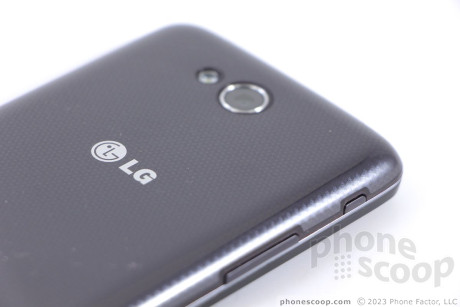
LG's latest L Series Android phone fills in T-Mobile's entry-level roster. The L90 is an LG phone through and through thanks to core features, but better options might be available.
Form
Is It Your Type?
LG aims for the middle of the road with the Optimus L90. This Android smartphone, being sold by T-Mobile, is a mid-range handset that includes a few of LG's hallmark functions all wrapped in a smaller, less expensive shell. It's a solid bet for the budget conscious, but it might underwhelm power users.
Body
The Optimus L90 represents the third generation of LG's L Series handsets. Since it isn't gunning for the flagship-seeking crowd, it has a conservative design and few frilly features. It is similar to the LG Lucid 3, sold by Verizon.
The L90 borrows heavily from its stablemates in LG's lineup of smartphones as far as design is concerned. The front face is glossy back, the side edges have a gray band that encircles the phone, and the back is smooth with a distinctive pattern under the clearcoat. It's not black; It appears to border more on deep purple or blue depending on the light. The camera has a chrome accent, as does the earpiece speaker. The L90 has no funky edges, curves, or lines. It's about as vanilla as a smartphone can get and yet still retain just a hint of classiness. It's vanilla, but good quality, like Breyer's Vanilla Bean ice cream.
The L90 is smaller than the LG G3, but a bit bigger than a Moto X. In other words, the L90 is not by any means small, but it isn't the biggest phone in the market, either. At 9.9 mm thick, it borders on chunky compared to today's more svelte flagships, but that's OK. Thinner phones are often more expensive, and the L90 is a budget buy. It's still small enough that I can wrap my hand around it without too much trouble. The glass front sits in a plastic frame that forms a lip around the screen to protect the glass. The lip is extremely sharp and uncomfortable to my hands. The weight is just right and the plastic materials are of good quality. Like the Lucid 3, the L90 is incredibly slippery and amazing at collecting (and revealing!) fingerprint gunk. Yuck. It fits into nearly all pockets without issue.
Only the LG logo, earpiece, and front buttons interrupt the otherwise seamless black front surface. The controls below the screen are arranged in what has become a standard design for LG devices. There's a physical home button flanked by two capacitive buttons. The home button illuminates with incoming calls/messages. Its sharp edges make it easy to find, and it has very good travel and feedback. The two capacitive buttons work as expected and can be set to vibrate when pressed, if you wish.
The side edges don't have much curve to them, but they are rounded off at least a little bit. The volume toggle is embedded into the left edge of the phone. The toggle is too small, too flush with the surface, and has crummy travel and feedback. I found myself raising the volume when I intended to lower it and vice versa. The L90 also has a user-assignable shortcut button on the left edge, just above the volume toggle. The button is tiny, impossible to find, and can only be pressed with your fingernail. It's an awful button. The screen lock button is on the right edge, directly opposite the shortcut button. It is a bit bigger and easier to find than the shortcut button, but travel and feedback is rather poor. The stereo headphone jack is on top and the microUSB port is on the bottom.
The L90's back cover borrows a feature from LG's high-end G Flex: It can heal itself. The surface is coated in some sort of futuristic material that is highly resistant to scratches. I took my car keys to the back cover and thought I made some marks in it. That's often an issue with glossy plastic. But when I checked later, the marks had faded away. Neat. The cover itself is easy to remove. The L90's battery can be plucked out if you so wish. You have to remove the battery to access the SIM card, but the memory card slot is all on its own.
Performance
Screen
The L90's display panel measures 4.7 inches, but skips both 1080 and 720p HD in favor of the slightly lower qHD resolution (960 x 540 pixels.) The smaller 4.7” size helps keep the pixels packed closely together, but you can still spot them when you bring the phone close to your face. The LCD panel is bright and colorful, as LG's screens often are, but the L90 was hard to use outdoors thanks to the overabundance of finger schmutz. It would appear LG hasn't heard of oleophobic coatings. Simply put, the L90's screen befits its middling ambitions.
Signal
The L90 performed well on T-Mobile's network, or at least it didn't give me any trouble. It is important to point out that the L90 is limited to T-Mobile's HSPA+ network, and cannot connect to LTE. That said, it always showed a connection to T-Mobile. I was able to make calls from most places around New Jersey, New York, and Seattle that I carried the L90. It took several attempts to connect calls in poor coverage areas. Data was acceptably quick most of the time, at least when casually checking social networks. Web sites didn't load as fast as I wanted them to, nor did app updates download very quickly over HSPA+.
Sound
Call quality was good in general. I thought voices coming through the earpiece sounded bright, and they suffered from interference only rarely. The earpiece produces good volume for normal environments, like your house or a quiet mall. It's not strong enough to overcome busy city streets or boisterous coffee shops, though. I had to seek refuge in such situations to escape the din and hear my callers.
The speakerphone had the exact same tone as the earpiece (good not great) and the same volume concerns. The speakerphone is only practical in muted environments where there isn't a lot of background noise. It helps to place the phone on a hard, flat surface, such as a table. If you hold it in your hand, you risk covering the speaker entirely, and thus muffling conversations. People with whom I spoke through the L90 said I sounded very good. Ringers and alert tones always got my attention, even when set at about 50%. The vibrate alert is solid, but could be better.
Battery
The L90's battery holds 2,460 mAh and claims to offer about 6 hours of talk time. That's about right. I often found myself in trouble at about the 12-hour mark during the day. In other words, if I unplugged the phone around 7AM and used it normally throughout the day, the battery would be flagging (<20%) by about 7PM. Normal use, as far as I define it, includes a healthy amount of social networking, listening to music, surfing the web, playing games, making calls, sending messages, and maybe doing some shopping. Twelve hours of battery life isn't the worst I've seen, but I've come to expect at least 15 hours from modern devices.
The L90 includes a rudimentary battery saver tool. You can use it to automatically control the L90's behavior when the battery reaches a level you determine (10% - 50%.) For example, battery saver mode can turn off Wi-Fi, Bluetooth, and vibration feedback, as well as adjust screen brightness, shorten the screen's waking time, and control the notification lights.
People who use their phone lightly throughout the day should be OK most of the time, but power users will need to look elsewhere.
Menus
The L90 runs Android 4.4.2 (KitKat) with LG's user experience along for the ride. it functions almost identically to what's on other recent LG devices.
The lock screen is adjustable and lets users view a clock, or clock plus some shortcuts. The L90 supports passwords of all types, but the camera can be opened without entering a password. The home screens number five out of the box, but can be added/deleted at will.
LG offers one of the more adjustable app menus in the industry. App menu icons can be set to large or small, sorted alphabetically or via install date, and can be hidden or deleted easily. The notification shade works pretty much the same as it does on other Android devices, but in the L90's case it adds LG's QSlide apps to the radio toggles and notifications. The shortcuts and other controls can be adjusted to suit your tastes. The L90 also supports LG's Easy Mode, which presents a simplified user interface for novice smartphone users.
The settings menu can be viewed in either a single list (my preferred) or in four separate tabs (default). I find the default, tabbed view confusing and slower than the single list. At least LG lets you pick. The L90 includes a handful of fonts, each of which can be set to a handful of different sizes. It has several themes, myriad wallpapers, tons of tones, and so on.
I was not blown away by the L90's performance. It has the same 1.2 GHz quad-core Qualcomm Snapdragon 400 processor found in the Lucid 3, but for some reason the L90 is a bit sluggish from time-to-time. Further, apps often took a bit longer than they should have to load, and the UI sometimes stuttered when transitioning between screens and apps. This is the first device with a Snapdragon 400 to show me that sort of trouble.
Calls and Contacts
The phone and contact apps are carried over directly from earlier LG Android handsets and don't differ in any meaningful way.
The phone app provides tabbed access to call history, contacts, favorites, and groups along the top, in addition to a standard dialpad. In-call options include the ability to add a line, send to Bluetooth, hold, reject with message, or mute. You can also open the notepad and messaging apps. The L90 lacks a noise cancellation option. LG's contacts application lets users choose which account(s) it syncs with and/or displays, how contacts are arranged, or easily lump them together into groups. The L90 has several contact widgets for the home screen.
Both the phone and contact apps are available as QSlide mini-apps. There's a button in the phone dialer and a corresponding one on the contact screen that minimizes the app, but leaves it open and running on top of other apps. This means you can always have the phone controls or your contacts front and center while performing other tasks. QSlide apps take some getting used to, but they are helpful once you learn what they can do.
Messaging
The L90 offers only the most basic messaging tools expected from a modern smartphone. There is a generic messaging app for traditional SMS/MMS, as well as Google Hangouts, which incorporates live video chats and IM. The Google-made Gmail app is on board, as is the generic Google email app. Google+ is the only social network preinstalled. You'll have to download Facebook/Twitter and any other third-party messaging apps on your own.
Extras
Media
Media apps run the typical selection for a T-Mobile handset. The L90 includes all the stock Google Play apps for various types of content. If you're looking for content outside of Google, T-Mobile has pre-installed its T-Mobile TV app, which streams video clips over the network. It's hardly worth using via HSPA+, though. The L90 also offers basic music and video apps, which are best used for sideloaded songs/shows (or stuff loaded on a memory card.)
The L90's one frill is infrared and LG's remote control app. The app can be used to control your living room equipment, including a TV, receiver, cable box, and Blu-Ray player. The app works well and is easy to set up with your in-home gear.
The only sharing tool I saw was SmartShare Beam, which only seems to work with other LG devices. SmartShare Beam lets the L90 push content to LG smartphones and LG TVs.
Camera
The L90 uses the same camera software we've seen on LG's Android smartphones for the better part of a year, though it strips out some of the high-end features. There's no physical camera button, but the user-assignable action key can be set to open the camera and act as the shutter button. Cool! It's too bad the button is physically annoying to use.
The camera interface includes controls running down the left and right sides of the screen. Four quick action buttons appear on the left, though they cannot be customized as on LG's high-end devices.
In terms of shooting modes, the L90 offers normal, panorama, continuous shot, Time Catch shot, and sports. Continuous shot takes 20 pictures in a burst and keeps all of them. Time Catch shot saves a short burst of pictures that starts before you actually press the shutter button. This helps you not miss a fleeting moment, even if you're late with the button. But you have to be in Time catch mode already. Sports mode sets faster shutter times in order to freeze action. Missing in action: HDR (this is a dealbreaker IMHO) and dual-shot, which lets you take pictures with the front/back cameras simultaneously. I found all the different modes more or less behave as advertised.
Beyond the shooting modes, there are a handful of controls and settings that allow you to adjust the brightness level, the focus mode, resolution/aspect ratio, ISO (or speed), white balance, color effects, timer, and so on. I like that the tools are all laid out in a single easy-to-see grid and not buried in painful menus and drop-down lists.
The on-screen shutter button is on the right. If you want to shoot video, you have to switch the L90 into video mode first. The video app lets you take stills while capturing video if you wish, as well as pause/resume live capture to create single (rather than multiple) files.
Photos
The L90 has a 5-megapixel sensor and it more or less met my low expectations. The bulk of photos I captured were OK, but precious few were good. The biggest problem I saw was soft focus and inaccurate exposure. The sensor had trouble with bright or dark spots and often lost detail in both. (HDR might have helped here.) In the plus column, white balance was typically right where it should be. The L90 has a flash, but it doesn't prevent grain from destroying your indoor shots. The L90 might function as a backup camera on vacation, but not your main camera. Use something better to capture those fleeting moments.
Video
The L90 does better at shooting video than it does at taking pictures. The L90 can capture up to 1080p HD resolution and it did a decent job with respect to white balance and exposure. Focus was still a bit soft, but not terribly so. That said, the L90's video camera is more or less useless in low-light situations. You'll be better off using a dedicated piece of video equipment, but the L90 gets by in a pinch.
Gallery
LG installed both the stock Android gallery and the Google+ Photos app for managing your pictures.
The stock gallery is functional and has been skinned by LG in accordance with its interface aesthetics. It lets you view the gallery by album, date, or location and separates the local camera roll from other online galleries that might be visible. It's a cinch to drill down into albums and swipe through individual photos. The app offers plenty of editing options. Images can be moved and renamed, cropped and rotated, as well as adjusted for exposure, color, and so on. There are a number of built-in filters that adjust the tone and artistic appeal of photos. Sharing tools are a breeze to use, and let you easily send your photos to just about any online destination.
Apps
Even with bloatware kept to a minimum, there's only 4GB of built-in storage available to users for their own content. That's hardly any, especially if you record much HD video. I highly recommend you install a memory card for your media so the 4GB of internal storage can accommodate apps and games. T-Mobile has thrown in a few of its marquee apps, such as Caller ID, My T-Mobile, but there are relatively few unnecessary apps installed. The one that stands out is the ThinkFree Viewer. It's a dressed-up file manager that duplicates the LG-made one with a fancier user interface. Honestly, there's no point to having both.
Bluetooth
The L90's Bluetooth radio functioned without issue. I was able to pair it with PCs, headsets, and speakers. Calls sounded OK via Bluetooth, but shy of great. Music sent to stereo Bluetooth speakers was also good, but not great. I've heard better.
Browser
I don't know why phone makers and network operators insist on installing two browsers these days, but the L90 is another that packs both Chrome and the generic Android browser. Chrome is well-known at this point and it behaves well. I like the way it syncs open tabs and bookmarks between other devices, and it does a fine job of rendering web sites. It performed acceptably, but the experience was well short of good thanks to the L90's lack of LTE. The generic browser has been skinned by T-Mobile and is so slow it's almost unusable.
Clock
The L90 has a simple digital clock that adorns the lock screen. I could not find a way to alter its appearance. It's white, but big enough that it is visible indoors no matter what wallpaper you're using. It's impossible to see outside, though, thanks to the usually-greasy screen.
GPS
The L90 comes with Google Maps. Paired with the L90's GPS radio, I found Maps to work perfectly, if somewhat slowly. It was able to pinpoint me in less than 25 seconds and to within about 50 feet. It sometimes fell behind when used to navigate between points, though I can't say if that's due to network, processor, or GPS issues.
Guest Mode
Guest Mode is meant to safely protect the owner's data and settings while lending the phone to someone else (read: a kid.) Guest mode lets people play games or listen to the media player, for example, but not access email, messaging, or settings. It's a cinch to set up and helps keep private info private. The mode can be accessed with a dedicated lock screen pattern (drawing a "G" on the screen.)
KnockOn
The L90 includes KnockOn, but not KnockCode. With KnockOn, you tap the screen anywhere twice and it wakes up so you can see the lock screen. KnockOn is separate from whatever method you use to actually unlock the L90. (KnockCode is similar to KnockOn, but adds a security code. It's too bad that's absent.)
QuickMemo
Like most LG devices, the L90 includes the QuickMemo app. QuickMemo lets users capture a screenshot and then open it in the Notebook app. The Notebook app lets you scribble on the screenshot with various pen styles and in various colors. You can add your own scrawled text, or insert actual typed messages, photos or videos, and send the file via email, MMS or Google+.
QSlide
The QSlide apps, which are accessible from the notification tray, appear in separate windows on top of whatever else you might be doing. The QSlide apps are resizable and let you adjust the transparency to make it easier to see what's behind them. You can also choose to open the full app by tapping a toggle button. The idea is to let you quickly access a few handy apps (calculator, notepad, calendar, videos, phone, contacts, messaging, file manager) no matter what else you're doing.
Smart Screen / Smart Video
The Smart Stay feature can be used to keep the L90's display on for as long as you're looking at it. It doesn't always work. For example, it is more or less useless if you're reading a Twitter update in the dark. There's a similar app called Smart Video that keeps the video player playing as long as the front-facing camera can see your face. It'll pause the video if you look away and resume when you look back. As on other phones, these features are gimmicky at best. LG should have taken a cue from Amazon's Fire Phone and added infrared to help these features work in the dark.
Wrap-Up
The LG L90 offers what has become the quintessential LG experience in a device that is smaller and less expensive than its G Series flagships. The L90's hardware falls short of LG's best efforts, but the user interface and overall features a nearly neck-and-neck.
The device is compact and well made, though prone to collecting smudges. The screen and call quality are acceptable for a mid-range device, but the L90 lacks LTE, and battery life was questionable. The user interface is highly flexible and includes just the right number of no-frill apps and services. I was disappointed by the camera, but pleased to see LG apps such as QuickMemo and QSlide show up.
T-Mobile charges about $200 for the L90 outright (give or take depending on sales), or about $8 per month for two years with $0 down. There are better $200 phones out there, like the Moto G. Given the L90's performance, I'm not sure it is worth the $200 price point. If you're on a budget and really want to stick with LG, then I suppose it's fine. Otherwise, I'd recommend you strongly consider a discounted flagship phone, such as the Samsung Galaxy S3/S4 or LG G2, which can be purchased at bargain prices these days.
Comments
What planet are you living on?!
Best Buy has this phone for 159.99, and at that price, theres nothing remotely close.
Alcatel Fierce thats a GIANT piece of crap. MotoG that you cant get in any stores. Galaxy Light would be the proper comparison, and its a valid one, but the screen is just north of garbage and its much smaller.
The new Nokia 635 should be out soon, and that will be competitive, but with WP instead of Android, so the comparison hits a speed bump there. The new Samsung device replacing the Light should be out soon as well, but its not here yet.
Better options out there but for the price?


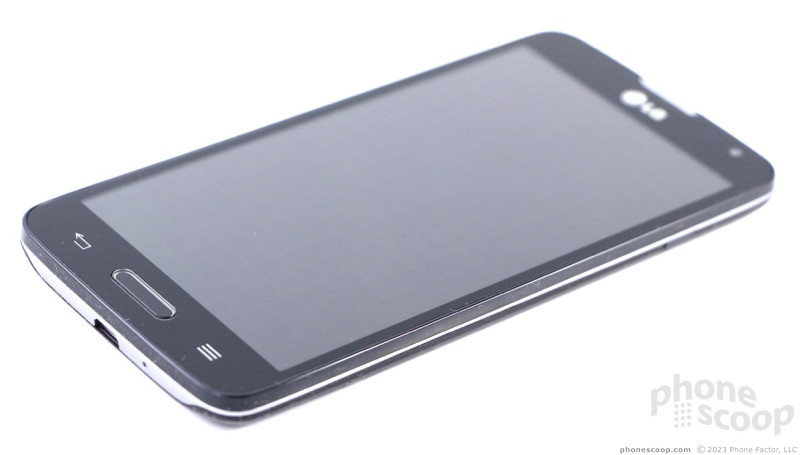














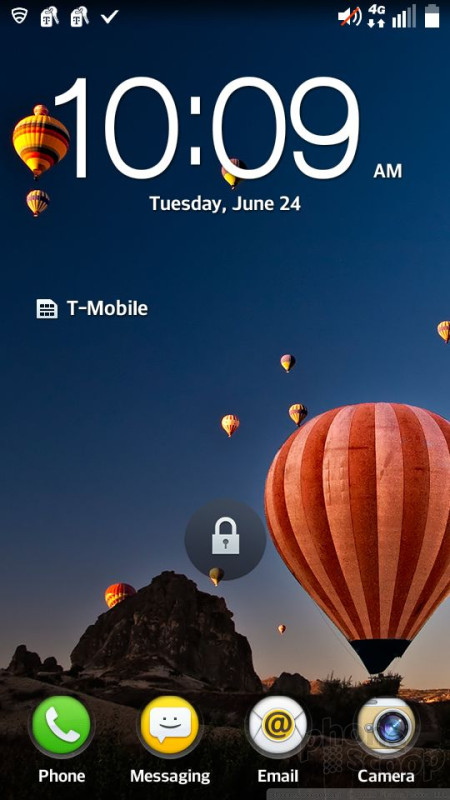








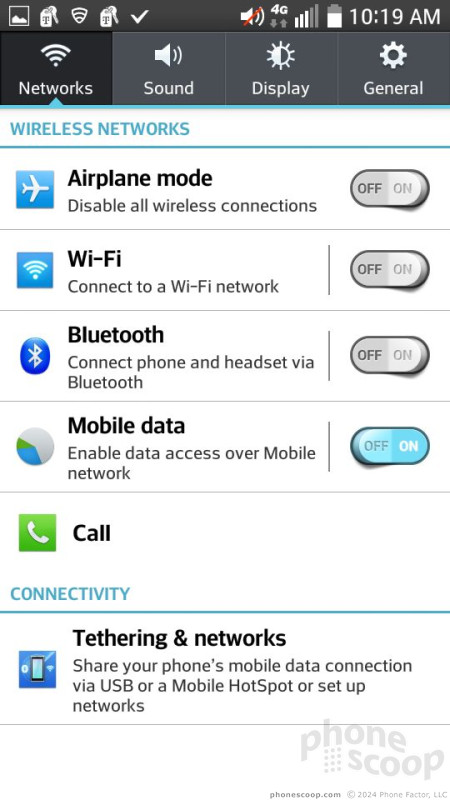




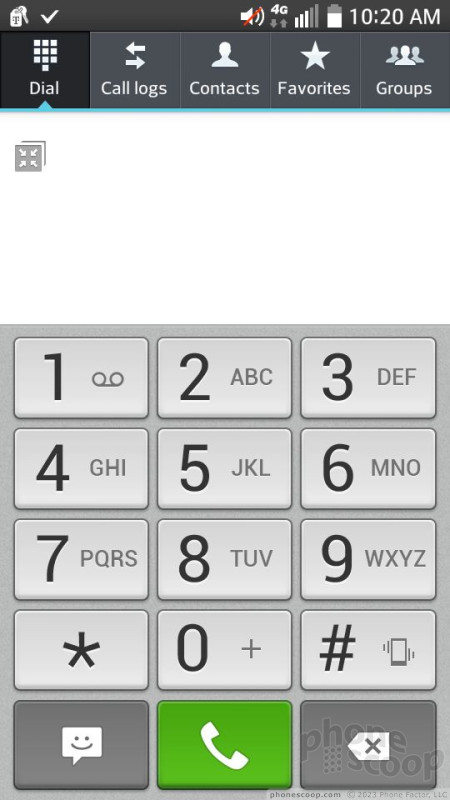




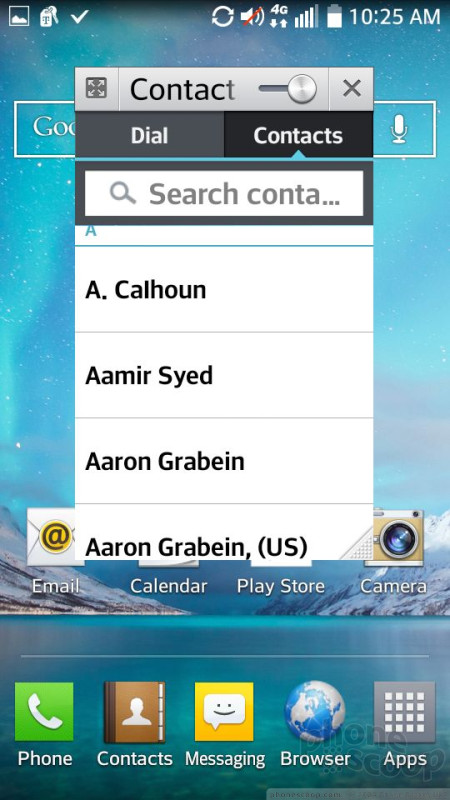




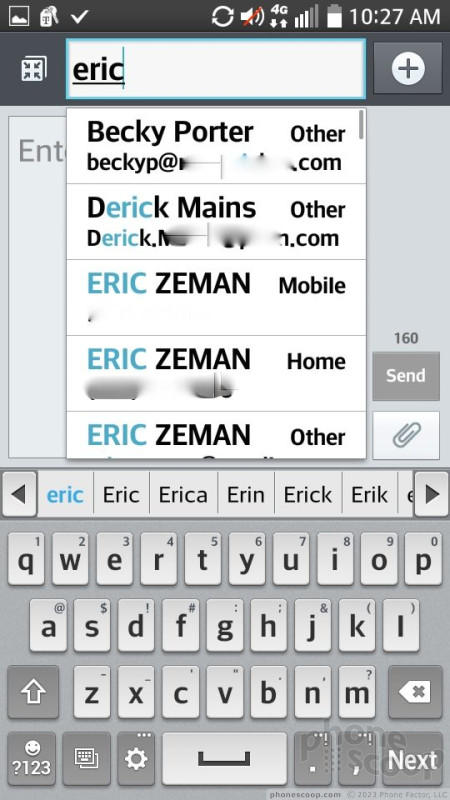




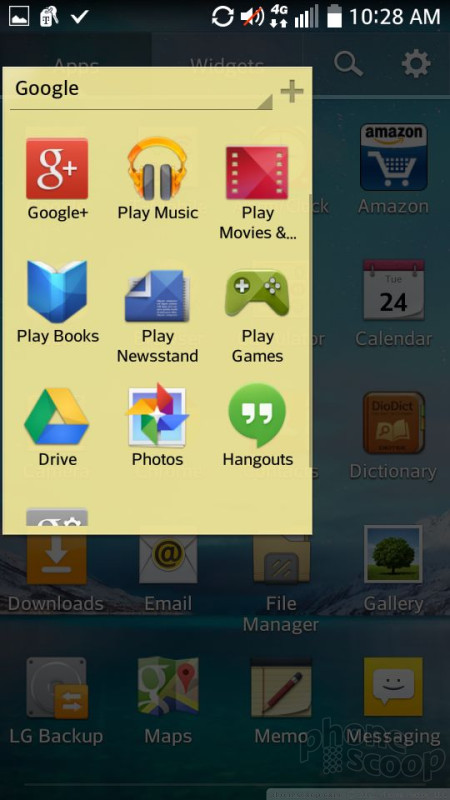



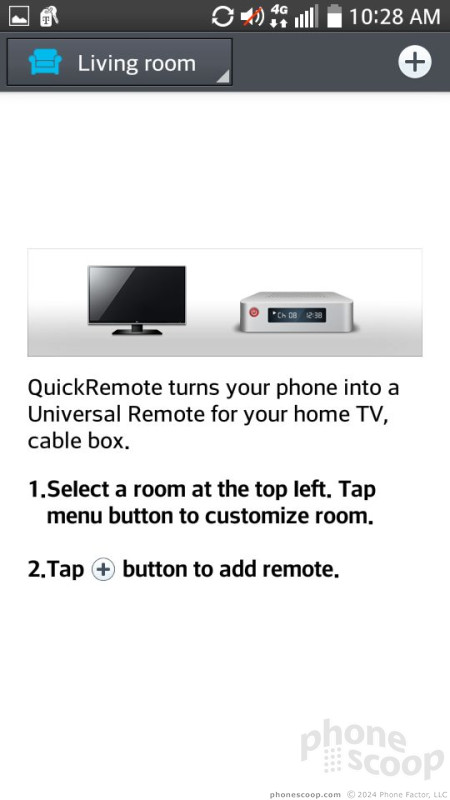



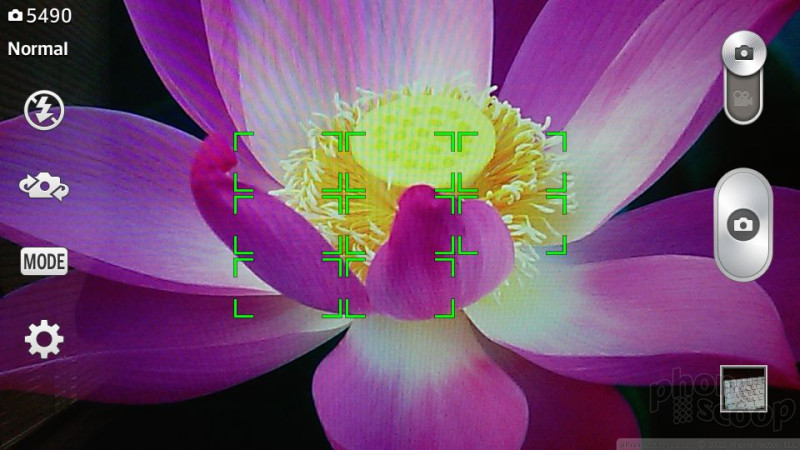




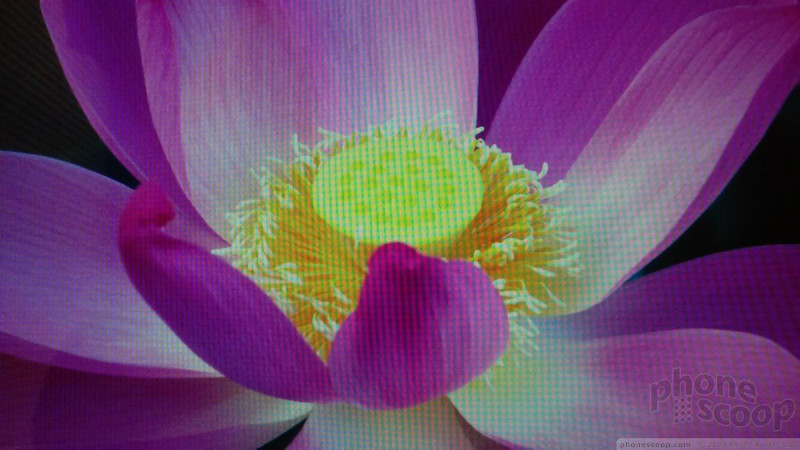














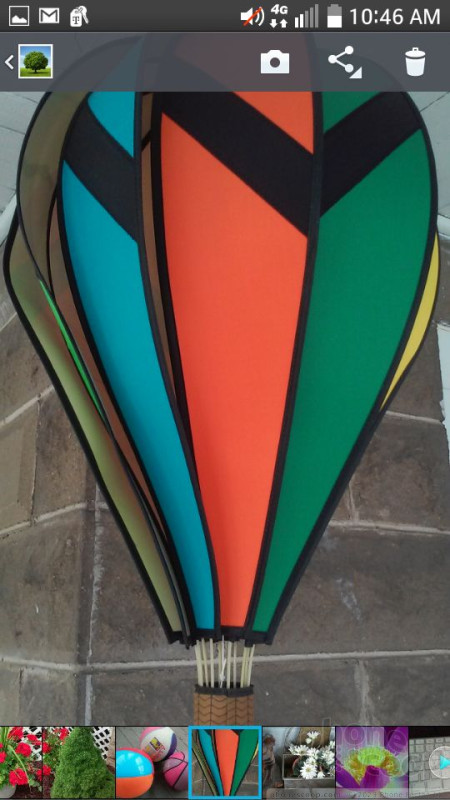





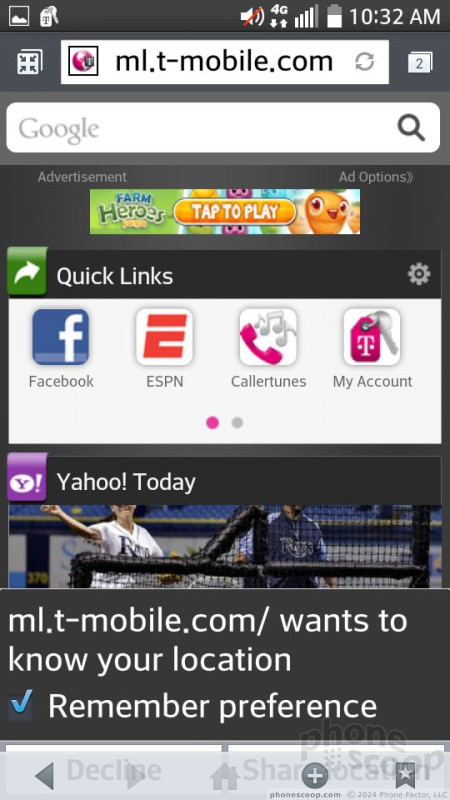






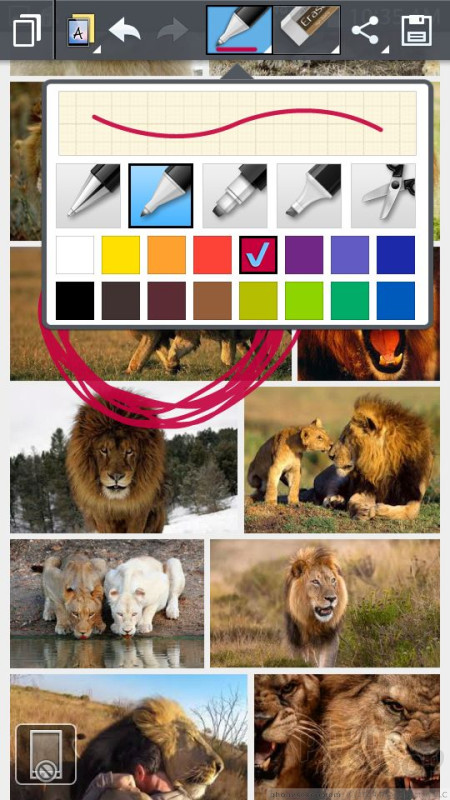



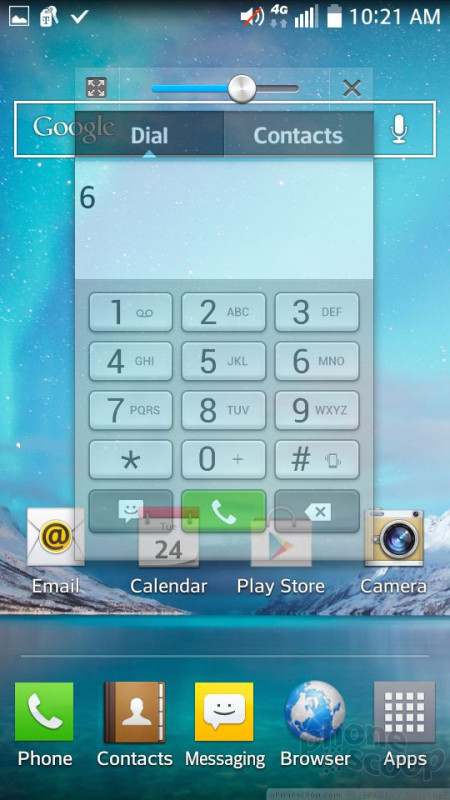




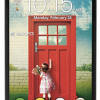 T-Mobile and MetroPCS Score LG's L Series III Phones
T-Mobile and MetroPCS Score LG's L Series III Phones
 iPhone 15 Series Goes All-In on USB-C and Dynamic Island
iPhone 15 Series Goes All-In on USB-C and Dynamic Island
 Samsung S24 Series Adds More AI, Updates the Hardware
Samsung S24 Series Adds More AI, Updates the Hardware
 iPhone 16 Brings More Features to All Price Points, Including New Camera Control
iPhone 16 Brings More Features to All Price Points, Including New Camera Control
 Metro's Latest Entry-Level Phone is the TCL ION X
Metro's Latest Entry-Level Phone is the TCL ION X
 LG Optimus L90
LG Optimus L90










